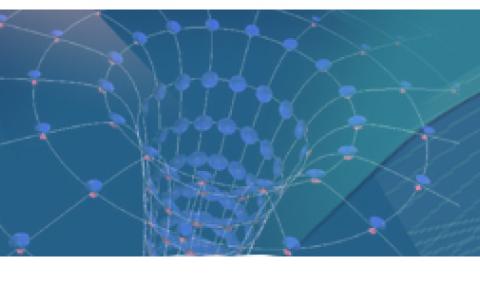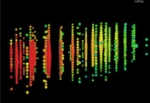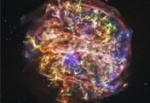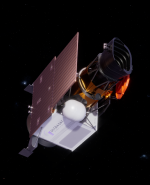We study various topics in Theoretical Astrophysics, with a focus on High-Energy and Particle Astrophysics. Our goal is to understand the physical processes governing the observed astrophysical phenomena, in particular at high energies.
Cosmic rays are high-energy particles produced by astrophysical objects. Their spectrum extends from a few to 1011 GeV per particle. We suspect that the highest energy particles are protons produced by black holes that accrete mass at a rapid rate. However, the theory is incomplete, and we have no direct experimental identification of the sources.
The universe exhibits a wide range of explosive phenomena, from the supernova explosions of massive stars to gamma-ray bursts that outshine the observed universe for a few seconds every day. Our theoretical understanding of all these explosion classes is largely phenomenological and incomplete.
ULTRASAT is a scientific satellite in an advanced construction phase, planned for launch to a GEO orbit in 2028. Carrying a telescope with an unprecedentedly large field of view and ultraviolet sensitivity, ULTRASAT will revolutionize our understanding of the hot transient universe. Detecting and measuring explosive events in a volume of the universe that is 100 times larger than that accessible to existing observatories, ULTARASAT will enable us to study and answer fundamental open questions about the Universe.





